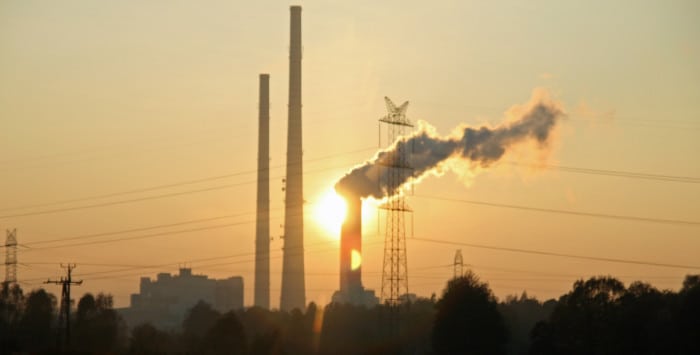
Last year saw some movement on the carbon capture and storage front, but not nearly enough for the technology to play its role in putting the world on a path to limit global temperature rise to 2-degree Celsius, according to the annual Energy Technology Perspectives report released by the International Energy Agency Wednesday. “Moderate progress in CCS was made in 2015. Significant investment in projects and technology development by industry and governments are needed to get CCS on track to meet the 2025 target of 541 million tonnes of carbon dioxide (CO2) stored per year,” the report says.
The IEA applauded the addition of two new CCS projects to the global portfolio, Shell’s Quest CCS Project in Alberta and the Uthmaniyah project in Saudi Arabia, but laments the lack of further action during the year. “No positive investment decisions were taken on CCS projects, nor did any advanced planning begin in 2015, resulting in a fall in the total number of projects in the development pipeline,” the report says.
Further, projects that once looked promising have fallen to the wayside, such as the Hydrogen Energy California Project, which lost its Department of Energy Funding and suspended progress. A lack of reliable government support has been detrimental to the progress of CCS, the report says. “As with other low-carbon technologies, the market for CCS projects in most regions will be created by policy and regulation; however, recently, a number of projects have been cancelled due to changes in policy and reductions in government financial support for CCS,” according to the report, which also notes the cancellation of the United Kingdom’s £1 billion CCS commercialization competition, which resulted in the suspension of two large-scale projects.
The report makes three recommendations to bring CCS forward. First, new projects need to be proposed and supported from development to operation. Second, increased investment should be made in storage resource development to de-risk projects and shorten the development time. Finally, research and development activities, included those aimed at developing innovative ways to reduce CCS costs, must continue.